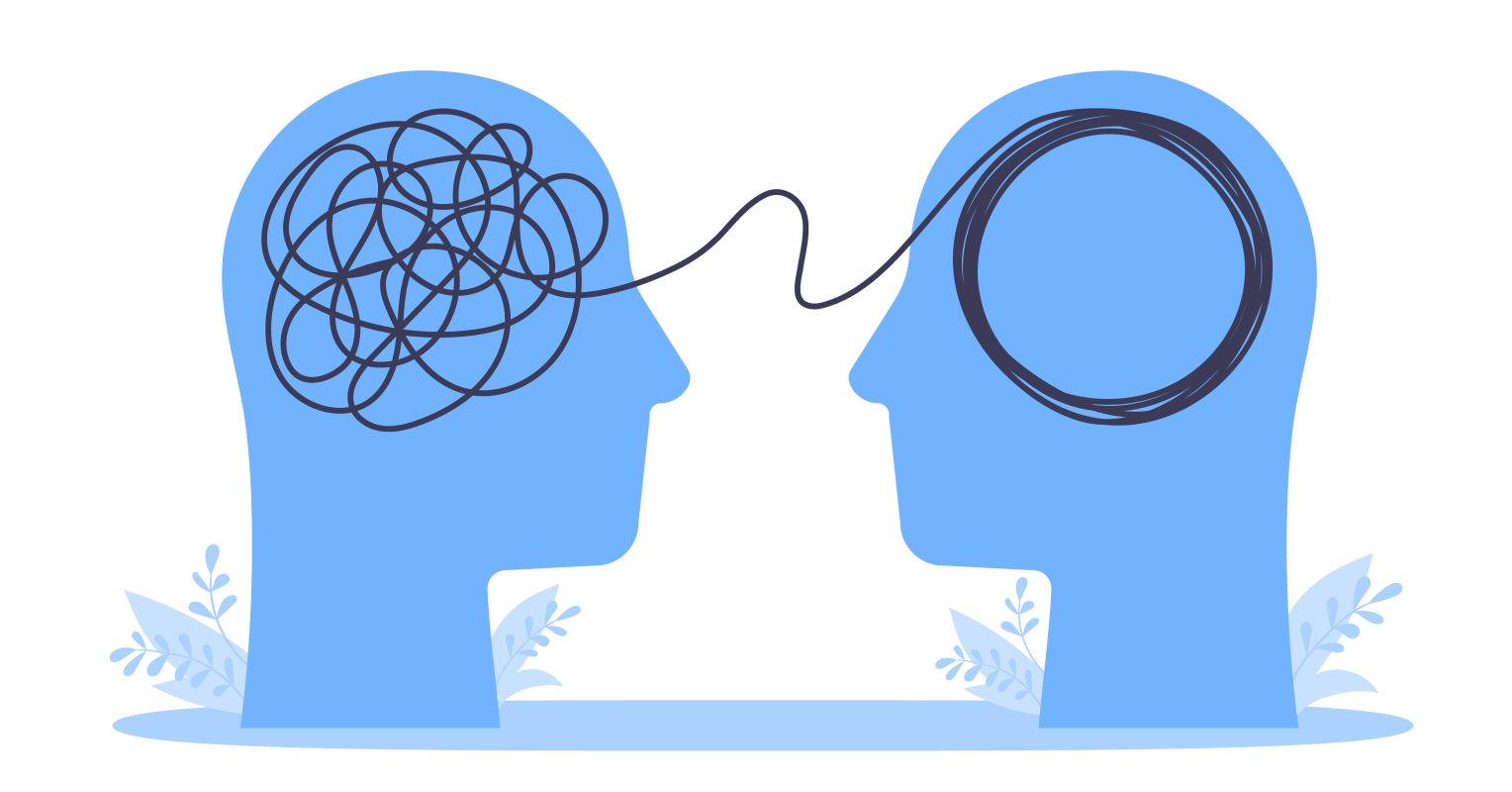
"For decades, autism has been described through a lens of deficit. Communication differences were framed as "deficits." Misunderstandings were pinned on the autistic person, leading to social skills training taught as "the correct way" to socialize. But emerging perspectives invite us to see things differently. Rather than a deficit framework, autistic people have distinct ways of communicating-rooted in our culture, values, and neurology."
"This is the heart of Dr. Damian Milton's concept of the double empathy problem: communication breakdowns happen in both directions, because autistic and non-autistic people often fail to understand one another's perspectives. So in the same way that autistic communication can seem unusual to non-autistic people, allistic communication can feel puzzling to us. For example, many autistic people find small talk illogical (why discuss the weather when no real information is exchanged?), while non-autistic people may see that same avoidance of small talk as aloofness."
Autistic communication differs from non-autistic communication and should be recognized as valid rather than labeled deficient. Miscommunications often result from differences between neurotypes rather than solely from autistic individuals. The double empathy problem explains that autistic and non-autistic people frequently fail to understand each other's perspectives, producing reciprocal misunderstandings. Many autistic people find conventions like small talk illogical, while non-autistic individuals may interpret such avoidance as aloofness. Mixed-neurotype interactions show higher rates of communication breakdown than homogenous groups. Social skills training frequently teaches non-autistic norms and therefore does not represent the only correct way to connect.
Read at Psychology Today
Unable to calculate read time
Collection
[
|
...
]